
Tuberculosis Overview
Tuberculosis is an infectious disease caused by Mycobacterium tuberculosis. This bacterium was isolated by Robert Koch and he eventually received Nobel Prize for his discovery. Mycobacterium tuberculosis predominantly affects lungs. However, other organs such as bones, kidneys and brain membranes can be affected as well. People used to die until antibiotics have been found. Today the disease can be cured but it requires several different antibiotics and longer regime of their administration.
Unfortunately, some bacteria have already developed resistance to certain antibiotics. This is a problem as the resistance of Mycobacterium becomes a serious situation and in people who are colonized by drug-resistanct species the treatment lasts even more than two years.
Tuberculosis is transmitted by droplets which contain the bacterium. Namely, the droplets from the infected person can be ejected while this person coughs, sneezes or spits. Only the people who are very near the infected person can catch the diseases. Mycobacterium tuberculosis cannot be spread secondary via infected clothed or by shaking hand with the infected person. So only the direct contact with sick person's saliva or respiratory mucus can cause the disease.
Some types of Mycobacterium can contaminate the cow's milk and lead to gastrointestinal tuberculosis in people who have consumed unpasteurized, contaminated milk. This type of bacterium is Mycobacterium bovis and today it is impossible for a person to get it since the milk is almost always subjected to pasteurization.
Surgery for Drug-Resistant Tuberculosis
The basic treatment of tuberculosis are antibiotics, to be more precise a combination of antibiotics. In rather rare cases the surgery is applied. Surgical approach is preserved for cases of drug-resistant tuberculosis and can be also performed to take care of certain complications of the disease.
Surgery is performed to stop the bleeding in case that no other treatment can take care of it. It can be also performed in repeated lung infections. Sometimes the goal of the surgery is to remove the remnant pockets of bacteria in the lungs after the complete medicamentous therapy.
The surgery can be rather successful. On the other hand it also carries significant risk of complications. Shortness of breath and infections caused by other bacteria are only come of the possible complications.
Surgery can be performed in case that other organs have been affected. In that case, the goal of the procedure is to repair the damage of the infection and to take care of certain complications. In tuberculosis meningitis the surgery includes placement of the shunt, in tuberculosis pericarditis affected parts of the pleura are resected, in renal tuberculosis the surgeon can take out the affected kidney or repair it and finally, if joints are affected orthopedic surgery takes care of the repair.


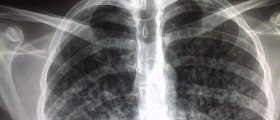





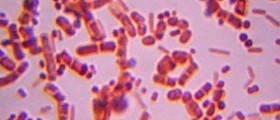
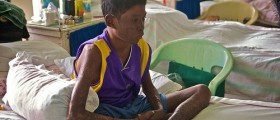

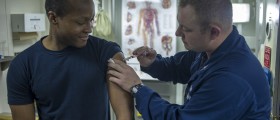




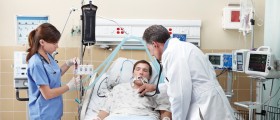
Your thoughts on this
Loading...